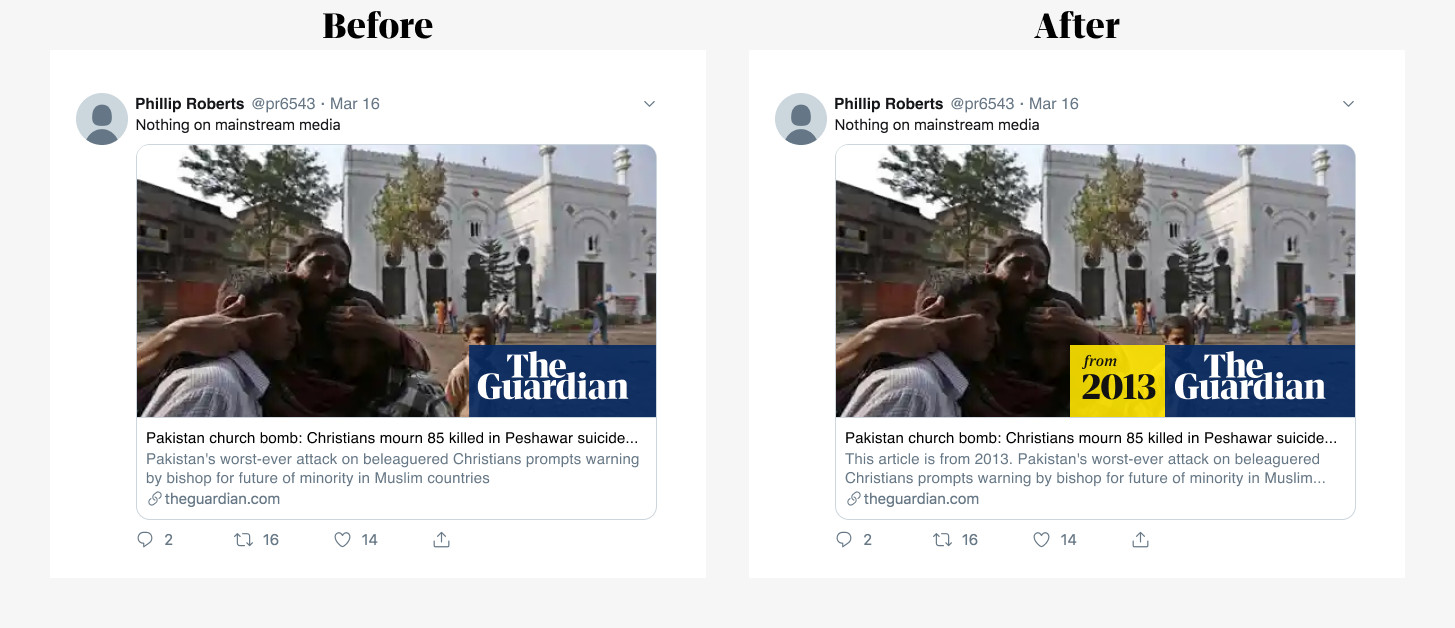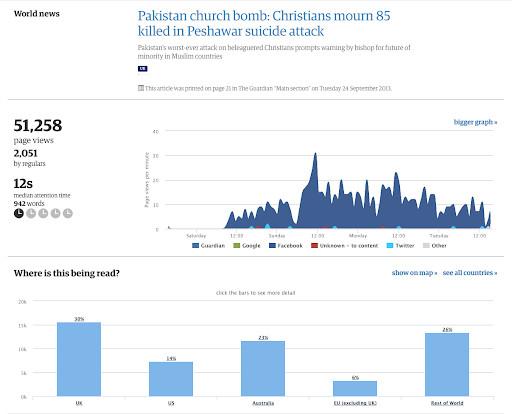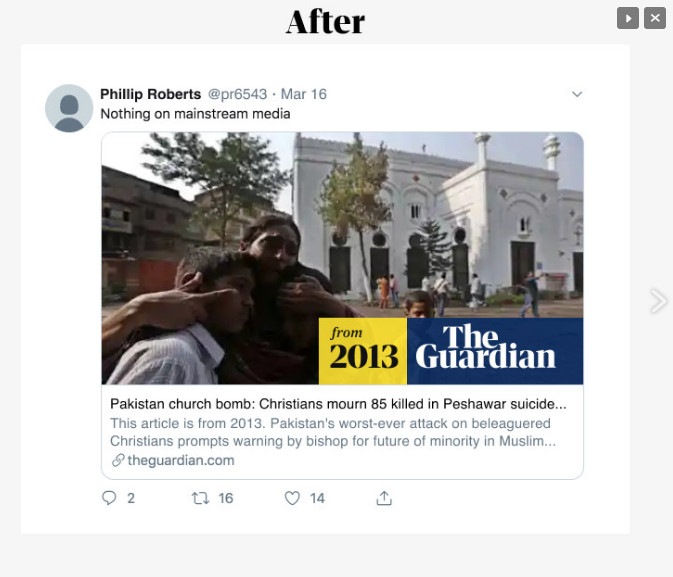Sign up for The Media Today, CJR’s daily newsletter.
For as long as I can remember, journalism metrics in general, and particularly reach metrics—like pageviews and unique users—have been the subject of profound suspicion within the news industry. In recent years, the negativity has intensified, even from people I generally admire.
Metrics have come to be synonymous, for some people, with a bankrupt journalistic culture that demands reporters become, effectively, telemarketers—churning out sharpened stories that game search engines and social media and play on the hopes and fears of readers to get the most clicks.
As far back as 2014, respected analysts described pageviews (the raw number of clicks) and unique users (a measure of how many individual browsers are visiting your stories) as evil. Last year, a tech journalist made the argument that podcasts were good precisely because they could not be quantified. And this year, it’s conventional wisdom that the way we measure online journalism is inherently broken.
ICYMI: The most annoying thing an editor can do
Some of the contempt is founded on a sensible desire to refocus metrics toward growing journalism as a business—by, for instance, focusing on why readers subscribe or donate. Some of it is based on genuine questions about the inevitable fakery that takes place when opaque numbers are tied directly to money from advertisers, and on the effects of turning journalists into quota-meeting automatons with live league tables for stories.
But a lot of it is nonsense. And all of it misses the fact that data can be an incredible tool in navigating great writing through the sprawling, chaotic, constantly evolving landscape of the internet.
At 7am on Tuesday, March 18, Nick Dastoor, a member of The Guardian’s audience team, started working on the daily staff email that details how our audience responded to our stories the day before, and what we might learn from that.
He opened Ophan, the analytics tool that allows us to track stories in minute detail. He noticed a sustained spike in page views to an article about a church bombing in Pakistan.
He could tell that the 51,000 pageviews had come almost entirely from Facebook, that the audience was mainly viewing the story on their mobile phones, that the audience was global and mostly new to us, that we weren’t promoting the story ourselves, and that it was likely driven by niche Facebook pages. Many readers were spending just seconds on the 942-word story. It was clear to Dastoor that whatever was happening wasn’t about the journalism itself.
He navigated, within Ophan, to see which tweets had sent people to the story: “Nothing on mainstream media,” “Just saying. . .,” “The news isn’t really talking about this, and many more like it. . .”
Apart from the fact that the authors of the tweets were condemning the mainstream media for not covering an event while linking to a mainstream media site covering the event, there was one other significant problem. The article was from 2013 and none of them seemed to know it. As Nick wrote to our newsroom that morning:
It’s hard to know exactly where the revival of this article started, but we do know that in recent days it’s been shared on a collection of far-right and Islamophobic Facebook pages, without any suggestion that it happened more than five years ago.
“Why no outrage?” ran the message on one group’s post. The weaponizing of old Guardian stories to spread a message of this kind is a depressing phenomenon. The datestamp on our old news stories is augmented by a “This story is X years old” line, but clearly this doesn’t stop the spread by bad actors.
The data flagged an issue that clearly we were not doing enough to address: that people, maliciously or not, can use old reporting to fit their own agenda and, sometimes, to spread hatred. And all by the simple means of skimming over the date.
ICYMI: Headlines editors probably wish they could take back
We had taken steps a couple of years before to improve the visibility of dates on older news articles, but it was, evidently, not enough. The data showed that much of the spread on social media was happening without people even clicking through to the piece. Solving that required a different approach.
For years we’ve included our logo on the images that appear when readers share a story on social media—a response to data showing that many people are unaware of the source of the journalism they read. Now, we’re adding the year to the image on older news stories, which will make it much harder to spin an old story as a new outrage.
Social images, before and after. Phillip Roberts is a dummy account.
In an environment where misinformation can spread like, well, rumors on the internet, particularly around breaking news events, it is more essential than ever for responsible journalism to be prominent on social platforms and in search. To do that we have to understand how our journalism is disseminated. To do that, we have to look at pageviews.
Pageviews are often dismissed as vanity metrics—a measure whose sole purpose is to boost the ego of writers. But we don’t write journalism for ourselves. Reaching a wide audience is a crucial part of the journalistic act. Of course, metrics at their core, are simply measurements, and have to be contextualized by expert editorial judgment. But they are a crucial part of making sure that news is disseminated both widely and responsibly.
Responsibly amplifying the reach of stories we love—as we do with front pages in print—just makes sense. And as with a front page, understanding the limited space you have available to reach readers tends to focus the journalism.
The fact that audience metrics don’t reflect the quality of a piece or necessarily capture its full impact isn’t a weakness. Those things are subjective and a newsroom should care about them in any circumstances. Instead, metrics tell us things we absolutely don’t, or can’t, know from gut instinct.
Metrics, at their core, are simply measurements. And as journalists, we should never argue that ignorance is bliss.
RELATED: Two dozen freelance journalists reveal the best outlets to pitch
Has America ever needed a media defender more than now? Help us by joining CJR today.






